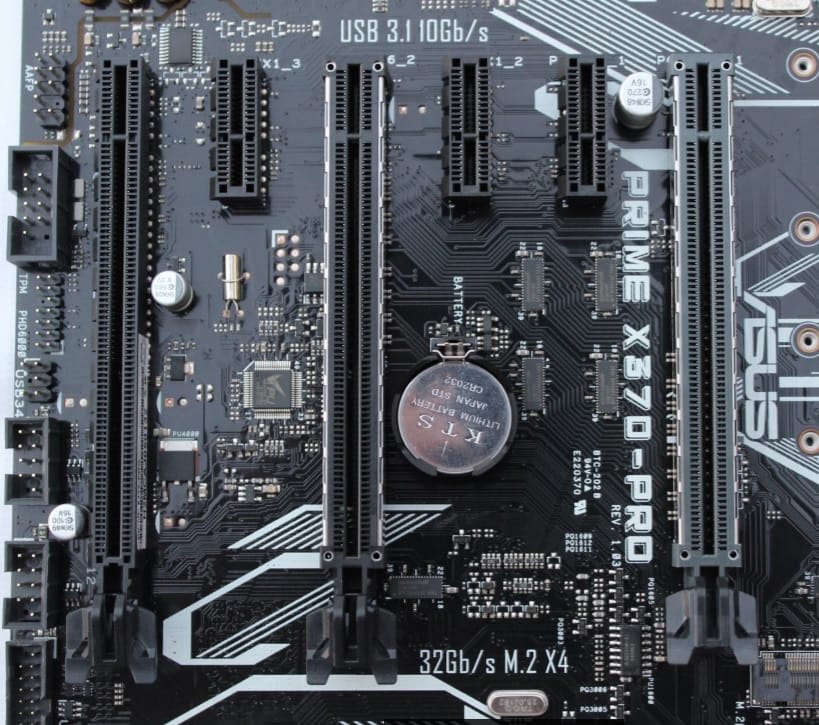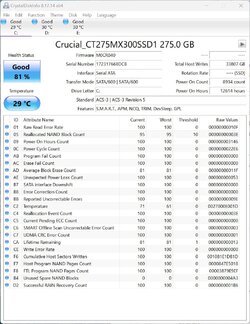Replace the CMOS battery on the mobo.CrystalDiskInfo says SSD at 81%
Event Viewer indicates two Kernel-Power in the last 24 hours.

I can think of 3 odd events over the last 2 weeks.
1) When returning to my computer after a few hours I found it mysteriously had booted into BIOS. Closing BIOS the PC booted into the desktop normally.
2) When returning to my computer after a few hours I expected it to be in sleep mode but found a blank screen & no response to keyboard. Rebooting it went straight into BIOS. Exiting BIOS the PC just looped back to BIOS again & again. After unplugging/plugging the computer it booted normally.
3) Yesterday, when returning to my computer after a few hours I expected it to be in sleep mode but found a blank screen & no response to keyboard. Exiting BIOS the PC just looped back to BIOS again & again. After unplugging/plugging the computer it just repeated looped back to BIOS again & again. I unplugged the computer's power overnight & tried again this morning to find it booted normally & has each time today.

Last edited:
My Computers
System One System Two
-
- OS
- 11 Home
- Computer type
- Laptop
- Manufacturer/Model
- Asus TUF Gaming F16 (2024)
- CPU
- i7 13650HX
- Memory
- 16GB DDR5
- Graphics Card(s)
- GeForce RTX 4060 Mobile
- Sound Card
- Eastern Electric MiniMax DAC Supreme; Emotiva UMC-200; Astell & Kern AK240
- Monitor(s) Displays
- Sony Bravia XR-55X90J
- Screen Resolution
- 3840×2160
- Hard Drives
- 512GB SSD internal
37TB external
- PSU
- Li-ion
- Cooling
- 2× Arc Flow Fans, 4× exhaust vents, 5× heatpipes
- Keyboard
- Logitech K800
- Mouse
- Logitech G402
- Internet Speed
- 20Mbit/s up, 250Mbit/s down
- Browser
- FF
-
- Operating System
- 11 Home
- Computer type
- Laptop
- Manufacturer/Model
- Medion S15450
- CPU
- i5 1135G7
- Memory
- 16GB DDR4
- Graphics card(s)
- Intel Iris Xe
- Sound Card
- Eastern Electric MiniMax DAC Supreme; Emotiva UMC-200; Astell & Kern AK240
- Monitor(s) Displays
- Sony Bravia XR-55X90J
- Screen Resolution
- 3840×2160
- Hard Drives
- 2TB SSD internal
37TB external
- PSU
- Li-ion
- Mouse
- Logitech G402
- Keyboard
- Logitech K800
- Internet Speed
- 20Mbit/s up, 250Mbit/s down
- Browser
- FF






